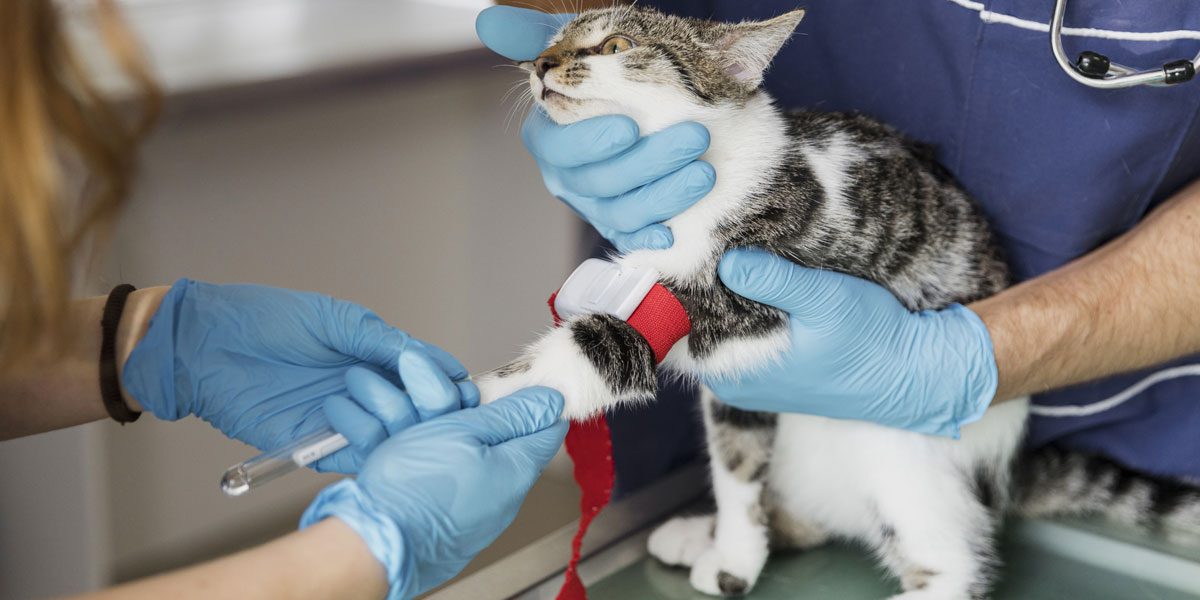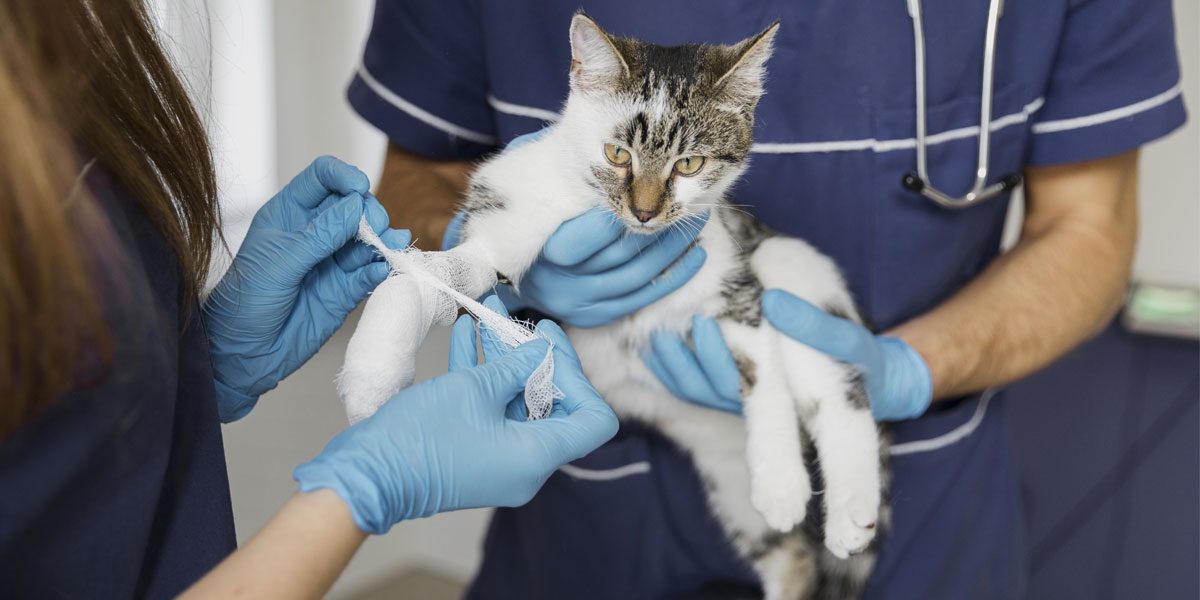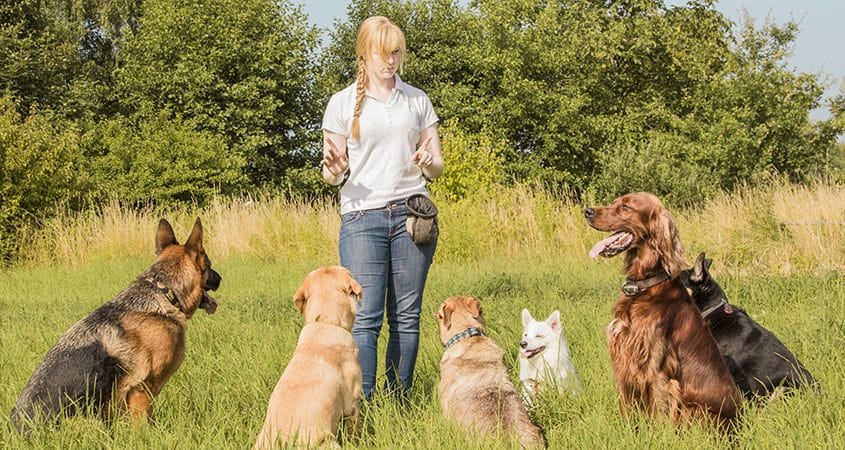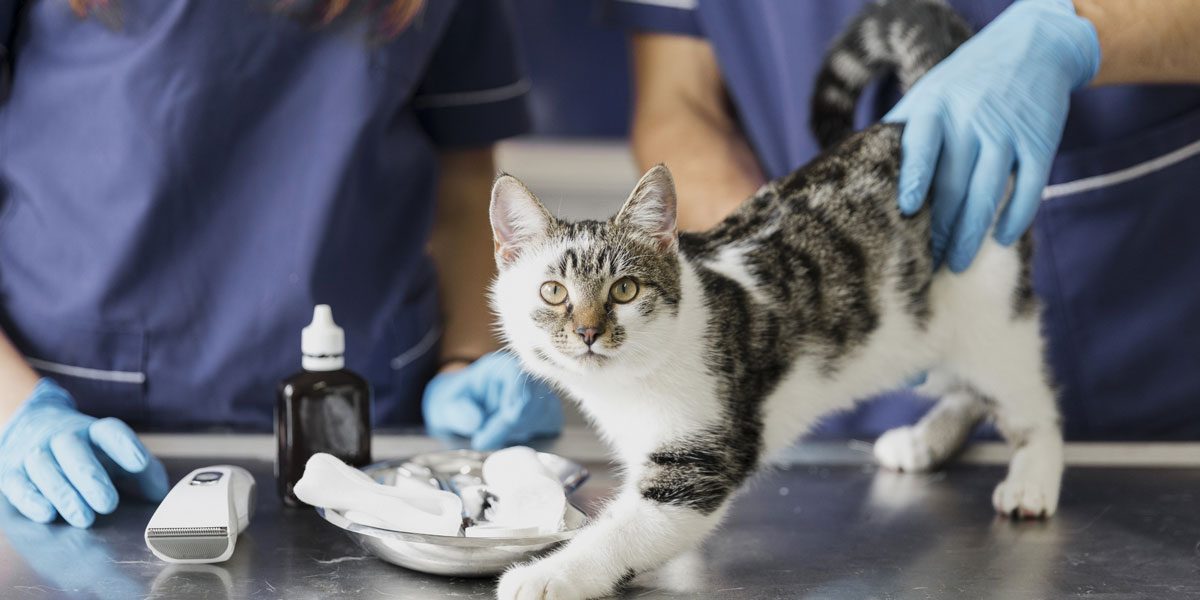Grooming plays a crucial role in maintaining the health and appearance of your Golden Retriever. Here are some tips and tricks to help you groom your Golden Retriever effectively:
-
Brushing: Golden Retrievers have a dense double coat that requires regular brushing to prevent matting and remove loose fur. Use a slicker brush or a deshedding tool to remove tangles and loose hair. Brushing at least once or twice a week will help keep their coat in good condition.
-
Bathing: Bathe your Golden Retriever every 6-8 weeks or as needed. Use a dog-specific shampoo that is gentle on their skin and coat. Ensure thorough rinsing to prevent residue. Be careful not to over-bathe, as it can strip natural oils from their coat, leading to dry skin.
-
Coat Trimming: Golden Retrievers typically do not require extensive coat trimming. However, regular trimming of the fur around their paws, ears, and tail can help maintain cleanliness and prevent matting in those areas. Use blunt-ended scissors or consult a professional groomer for assistance.
-
Ear Care: Check your Golden Retriever’s ears regularly for signs of infection, redness, or excessive wax buildup. Clean their ears using a veterinarian-recommended ear cleaner and cotton balls. Gently wipe the outer ear, but avoid inserting anything into the ear canal to prevent injury.
-
Nail Trimming: Trim your Golden Retriever’s nails regularly to prevent overgrowth. Use a dog-specific nail trimmer and trim just the tips, avoiding the quick (the sensitive blood vessel within the nail). If you’re unsure or uncomfortable doing it yourself, consider seeking professional help.
-
Dental Care: Dental hygiene is essential for your Golden Retriever’s overall health. Brush their teeth regularly with a dog-specific toothbrush and toothpaste to prevent dental problems. You can also provide dental chews or toys to help keep their teeth clean and healthy.
-
Check for Skin Issues: Regularly inspect your Golden Retriever’s skin for any signs of irritation, hot spots, or fleas. Pay attention to their paw pads, underbelly, and armpit areas. If you notice any issues, consult your veterinarian for appropriate treatment.
-
Positive Reinforcement: Make grooming a positive experience for your Golden Retriever. Use treats, praise, and patience to reward and reassure them during grooming sessions. Start grooming them from a young age to help them become accustomed to the process.
-
Professional Grooming: Consider taking your Golden Retriever to a professional groomer for specific grooming needs, such as coat trimming or specialized care. Professional groomers have the expertise and tools to handle grooming tasks effectively and ensure your dog looks and feels their best.
Remember, grooming is not just about aesthetics but also contributes to your Golden Retriever’s overall well-being. Regular grooming sessions provide an opportunity to bond with your dog and monitor their health. If you have any specific concerns or questions about grooming, consult your veterinarian or a professional groomer for guidance tailored to your Golden Retriever’s needs.




